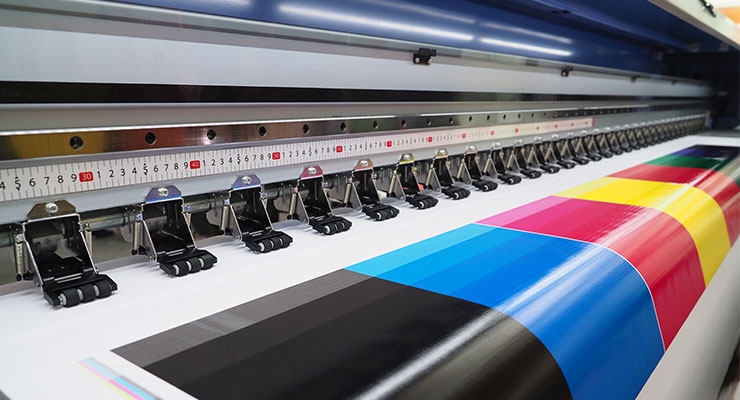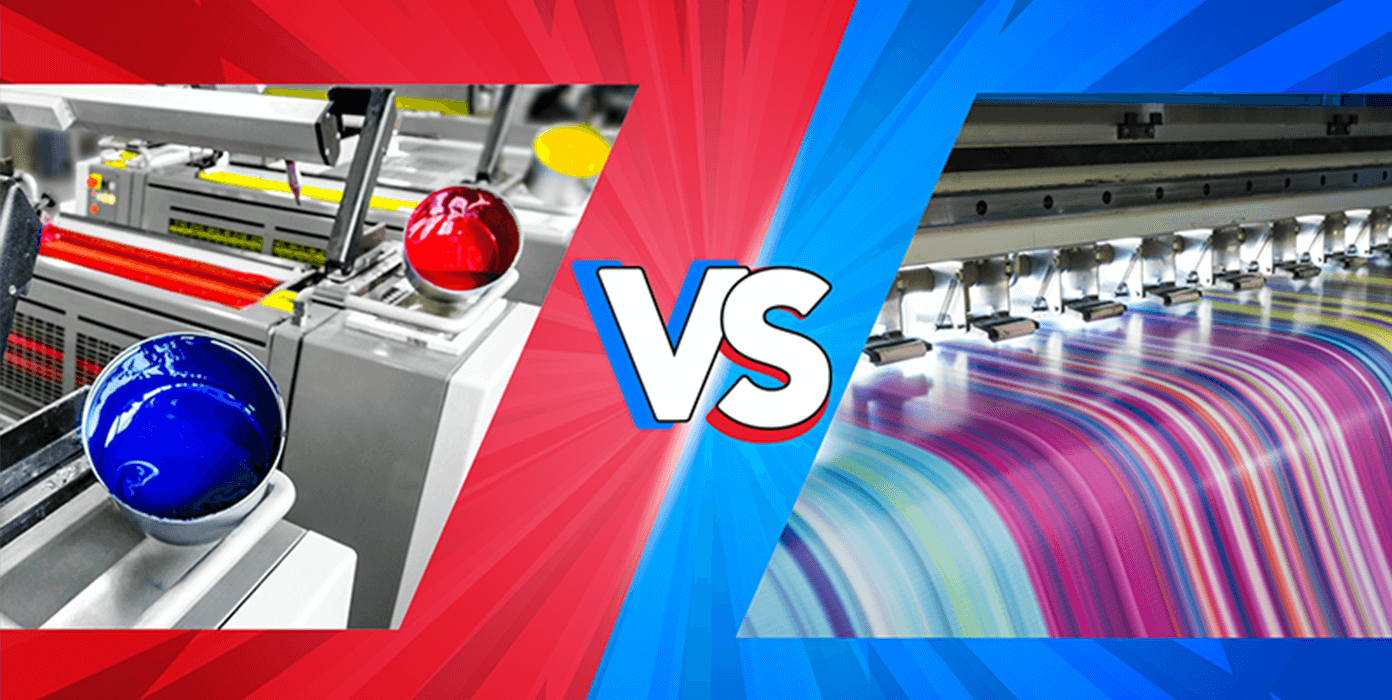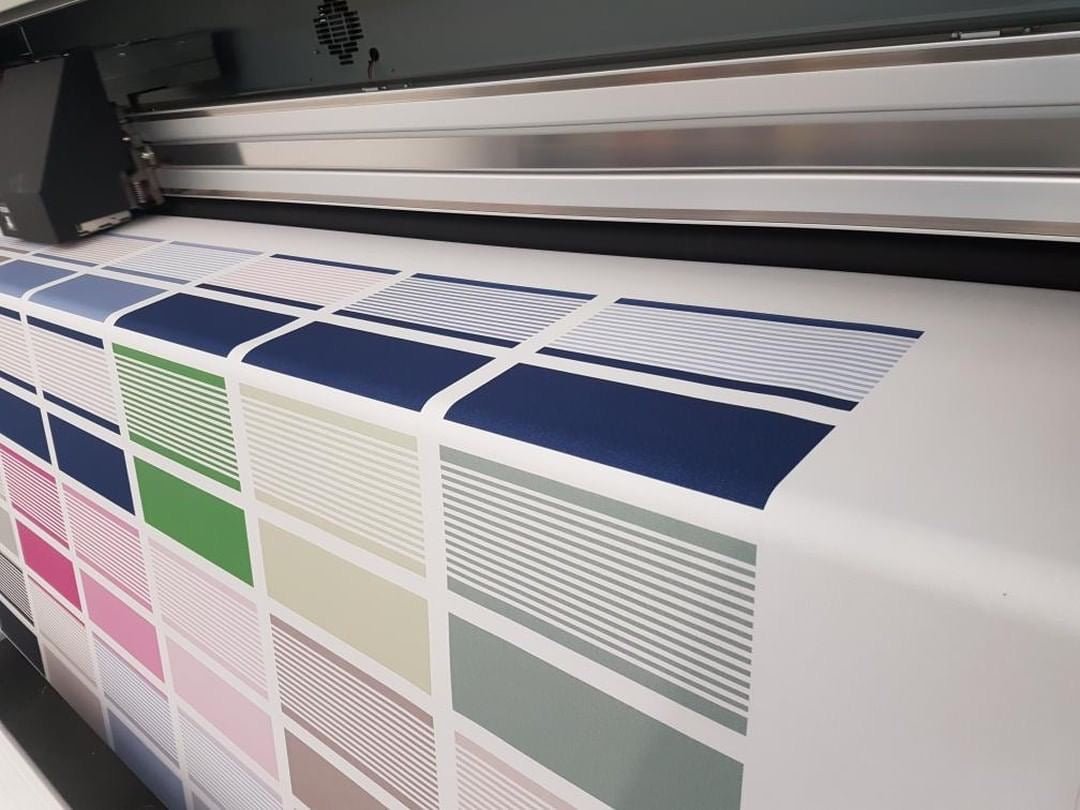What Does Digital Printing Mean?
What Does Digital Printing Mean?
Blog Article
Some Known Incorrect Statements About Digital Printing
Table of ContentsDigital Printing for BeginnersMore About Digital PrintingThe Digital Printing StatementsAll about Digital PrintingNot known Incorrect Statements About Digital Printing Indicators on Digital Printing You Should KnowAbout Digital PrintingMore About Digital Printing
Personalization additionally allows businesses to stand out in a congested market by creating special marketing products that distinguish them from their competitors. One of the major benefits of electronic printing is the capacity to print variable information. Each published item can be one-of-a-kind, enabling organizations to create personalized marketing products that speak directly to their target audience.Digital printing additionally enables modification in the design of marketing materials. With digital printing, organizations can create layouts that are one-of-a-kind and tailored to their certain demands. This can consist of personalized graphics, fonts, and layouts that can help to differentiate them from their rivals. One more advantage of electronic printing is the capability to print on need.
The Only Guide for Digital Printing
By printing smaller amounts of advertising products, services can decrease waste and avoid the need for excess stock. Digital printing is additionally versatile.
By using different products and styles, services can create special advertising and marketing products that attract attention from their rivals and draw in focus from their target audience. Digital printing also offers consistency. With conventional printing methods, there is frequently variation between prints due to differences in ink coverage, pressure, and other variables.
This uniformity can aid develop customer trust fund and integrity, revealing that the service is devoted to providing top notch materials. Uniformity is especially crucial for businesses that desire to develop consumer trust fund and credibility. By making certain that every print corresponds, businesses can reveal that they are devoted to supplying top notch products and taking note of the details.
3 Easy Facts About Digital Printing Described

Additionally, electronic printing creates less waste due to the fact that it can publish on need and in smaller sized amounts, minimizing the demand for excess inventory and products. Digital printing also utilizes much less energy compared to typical printing approaches. Digital printers do not need as much power to operate, as they do not require to warm up as a lot or use as much power to run.
8 Simple Techniques For Digital Printing

Balanced out printing requires a plate for each and every shade published. Typical balanced out printing is a print approach that makes use of aluminum plates to transfer ink onto a rubber sheet (often described as a "covering"). The photo is then rolled onto the printing surface area. This printing technique is taken into consideration "offset" since the ink is not transferred to the paper straight.
Unknown Facts About Digital Printing
Countered printing permits for a large range of print materials to be used during manufacturing. The premium images created via balanced out printing make it the favored approach, specifically among graphic designers, when looking for the greatest color reproduction, detail, and professional-looking prints.
The fundamental printing approach remains balanced out. For digital inkjet printing, ink is moved straight onto the surface area. their explanation Rather than relying on light weight aluminum plates and rubber coverings to move a picture, digital printing utilizes fluid ink during manufacturing. Conventional home inkjet printers are among the most common electronic printing approaches.
What Does Digital Printing Do?
Because balanced out printing can mix personalized color inks for each work, it will naturally obtain the shades spot-on. Count on balanced out printing for clean, distinctive kinds and pictures without touches or places.
It costs a lot to begin an offset work. You need to spend cash into creating home plates, which takes time. However, as soon as you've invested it, every one of the materials prepare to go, and you'll invest less on large balanced out jobs than a digital print, which is concerning the exact same per piece no matter just how huge the work obtains.
Each print is the same. You run the risk of fewer strange variants caused by imbalances in water and ink. Digital printing is less costly for low-volume tasks. The price per system drops for digital printing, so at some point, they crisscross. Transforming information within a solitary print work. State you were printing out postcards advertising a performance.
Not known Factual Statements About Digital Printing
While electronic printing or inkjet printing is the favored choice in the present times, there are compelling factors to transform from balanced out to digital printing systems. When publishing offset or electronically, vital decisions and procedures are included in shade matching.
Whichever the situation, the shade will require to be matched. Color matching of digital printer ink is no more challenging with dyes and pigments. Industrial inkjet printing offers adaptability for printing on several substrates. Digital printing is perfect for consumers that do not require longer runs and warehousing products.

One advantage of digital printing is picking from a vast array of digital substratums. With balanced out printing, substratums compose, on standard, 30% of the price of the work. With electronic printing, the cost of the substratum in the total task is tiny. This enables more choices than in the past, and that benefits marketers and organizations.
Rumored Buzz on Digital Printing
drop-on-demand is the second printing modern technology to take into consideration. Continuous inkjet systems need considerable maintenance, more operator training, and greater downtime. Tools expenses in inkjet printing are far reduced than balanced out printing as there are no plate-making, plates, and press expenses. Past the capital expenditure, the prepress tools and printing useful reference presses call for highly proficient drivers in offset printing, which includes labor expenses.
Report this page